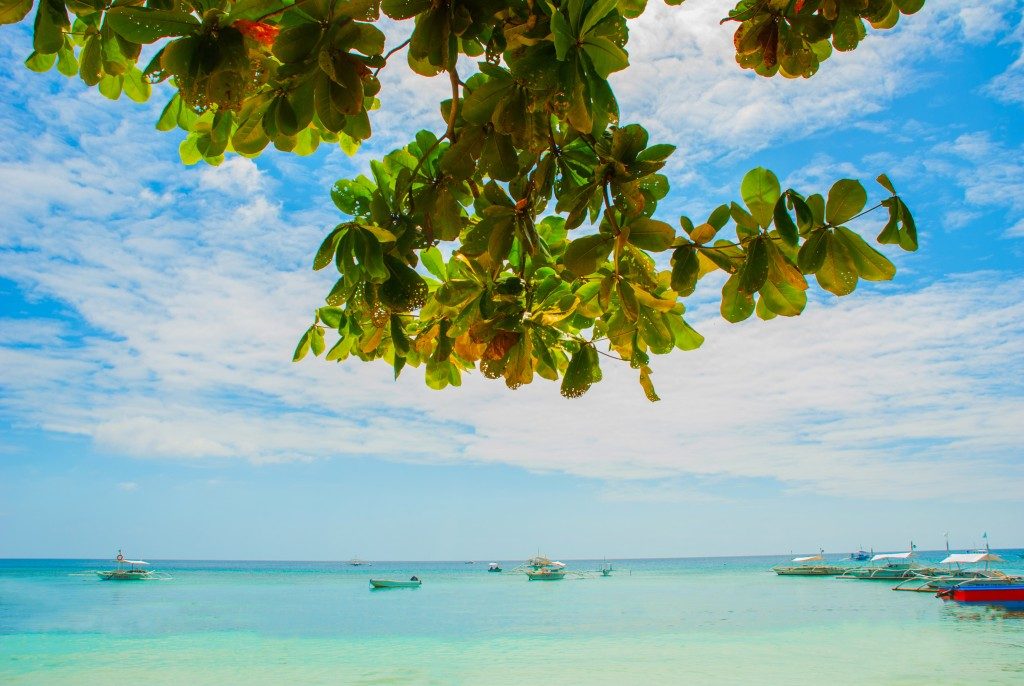If you’re asked to imagine an idyllic tropical island with palm trees and the waves from the translucent sea crashing onto a sugar white beach, your thoughts would match Bali. This sun-kissed Indonesian island has become the dream destination for many visitors, from back-packing gap year students to retirees.
A Brief History
Indian traders brought Hinduism to the island and by the 9th Century it had spread through the islands. The Dutch were the first European travellers to visit Bali when Cornelius Houtman and his crew came ashore in 1597 and were welcomed by the king. The Dutch were not so welcome when they colonised Indonesia a couple of centuries later. A second unwelcome guest came in 1942 until 1945 when Japan invaded the islands during World War 2.
In more recent times, Bali began to welcome tourists in the ’70s. The increase in visitors had an impact on environmental and social issues although the Balinese culture and way of life has remained unchanged over the years. In response to the negative aspects of the high volume of tourists, the Balinese have become more involved with the preservation of the islands natural beauty and active in deciding the fate of their island and livelihood.
Visiting Bali
Visiting a country with a different climate, customs and pace of life can be both exhilarating and frustrating. The excitement of new sights, sounds and tastes are what inspires the desire. However, when you move to a new place, a little research and some preparation will help your stay.
Here are some tips from more recent travellers and expat settlers:
Getting In
A 30-day tourist visa is fairly easy and can be granted on arrival. Indonesia also has a visa-free policy for selected countries. However, if you require an extension several options are available, and the procedure for an application can be both time-consuming and confusing.
Getting Around
In Bali, road names change, street numbers do not necessarily follow chronological order and sometimes the only way of knowing the road name is if you spot it on the bottom of a shop sign.
Most people in Bali get around using a network of mini-buses called bemos or colts. They are often crowded, including livestock and anything else needed to go from A to B. Traffic is congested and chaotic, which can lead to a memorable, if not pleasant experience especially in the humid, hot weather.
Getting On
Before you can do anything, you’ll need cash. Plenty of ATMs are available on the island but a word of warning ‒ Some ATMs dispatch the money but won’t return the card until a key is pressed to exit. This has led to many cards being accidentally left. Most banks keep foreign ATM cards but some do not.
If you want to eat cheap, go local. If you crave Western food then you’ll end up in a top-end restaurant or buying expensive imports from a supermarket. Bitang beer is cheap, but high taxes on other alcoholic drinks mean you’ll pay up to five times more than Australia or Europe.

Settling Down
If the ex-pat lifestyle attracts you, you cannot buy property but a variety of rented accommodation will suit most budgets. For families, education is available to meet a variety of needs, from English and French-speaking international schools in the capital to a school providing special needs education in Canggu.
Bali is a great place to visit and many people fall in love with the location and lifestyle. If you are lucky enough to arrive at the island, be prepared and go with the flow.

